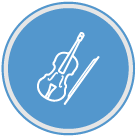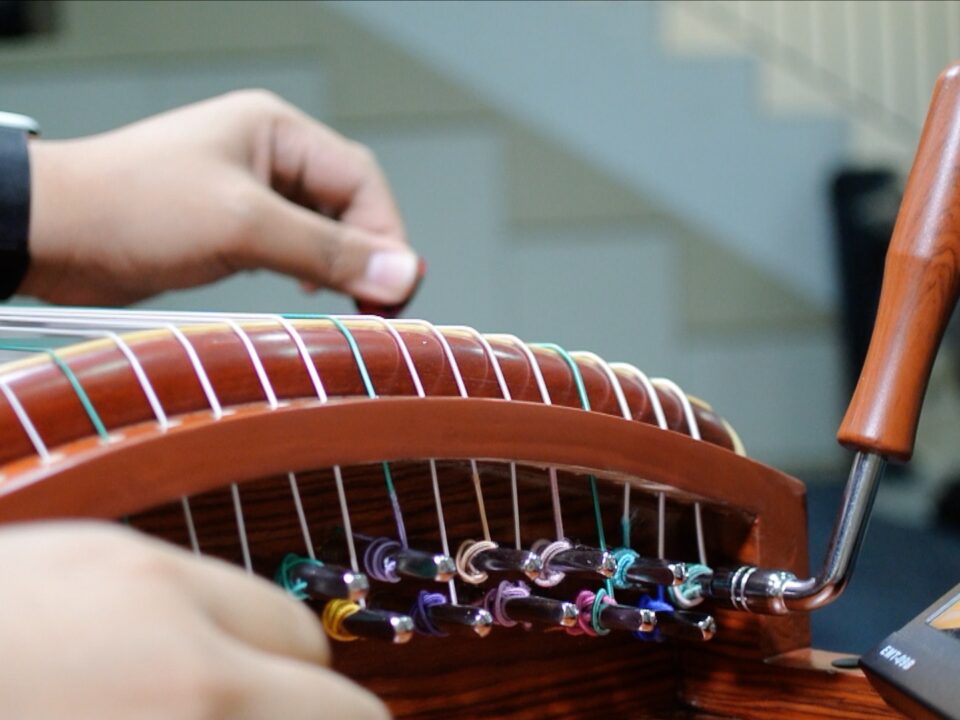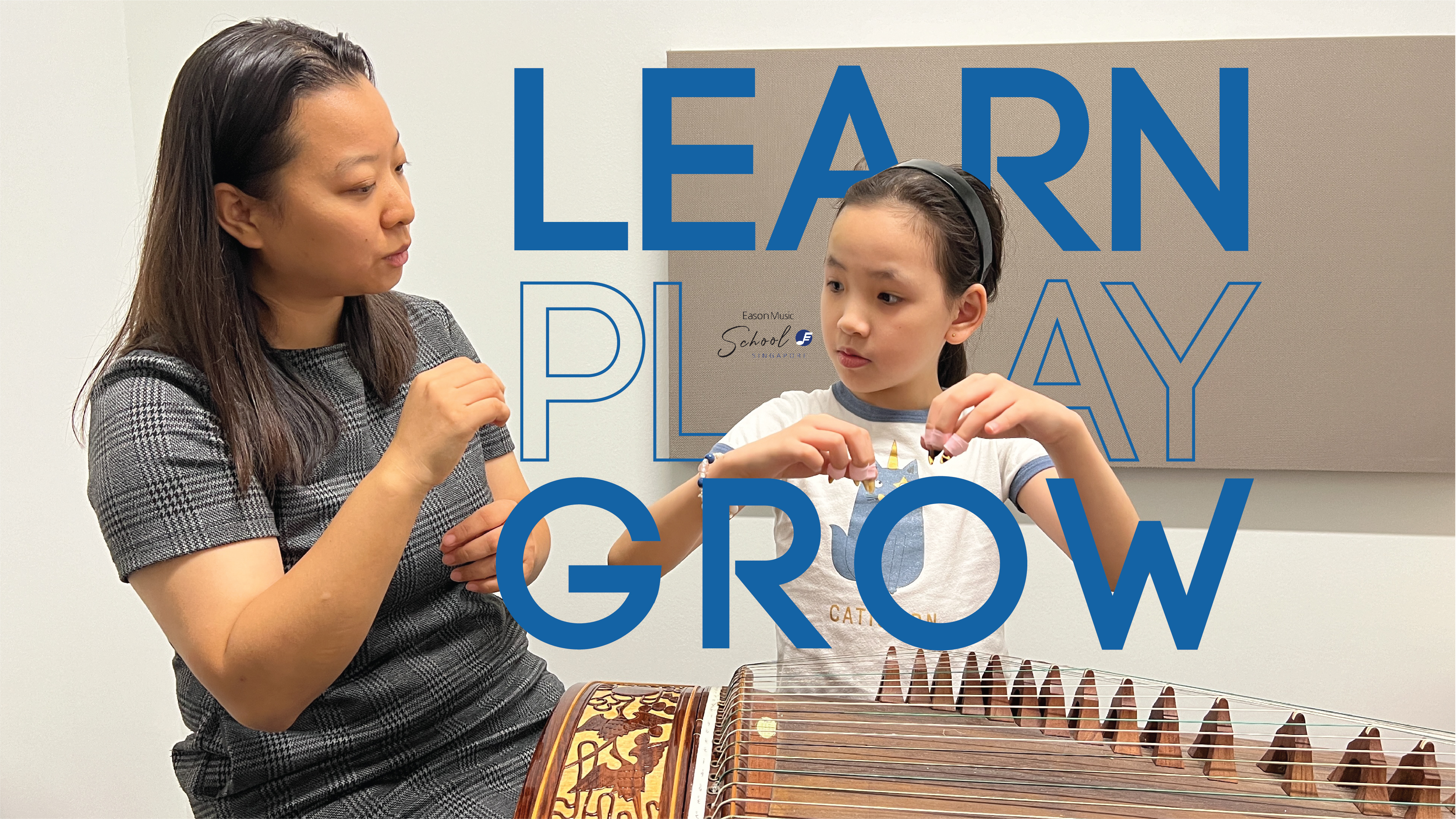
GUZHENG LESSONS SINGAPORE
Your Gateway to Engaging Guzheng Classes in Singapore
Pathway to DSA & School Ensembles
Guzheng is offered in schools across Singapore and supports Direct School Admission (DSA) opportunities.
Stress Relief & Leisure
For busy adults, Guzheng lessons offer relaxation and cultural connection.
Beautiful & Expressive Instrument
Easy for beginners to sound good quickly; advanced players can explore artistry.
REASONS TO LEARN THE GUZHENG
OUR LESSON OPTIONS
Trial Lesson
A one-time trial Guzheng lesson for newcomers, providing an opportunity to experience the instrument and teaching style before committing to regular classes.
4-Lesson Package
For beginners seeking an introductory experience without a long-term commitment.
(No instrument needed)
Weekly Lessons
For players interested in continuing long-term for examinations or leisure purposes.
Others
We also offer customised lessons such as Singapore DSA preparations, grading exam preparations, competition preparations and many more!
CRAFT YOUR JOURNEY
TENG Syllabus
Grade 1:
上学去 Going to School
好朋友 Good Friends
迎春曲 Song of Spring
凤阳花鼓 Fengyang Flower Drum Dance
Grade 2:
三水红头巾 Samsui Women
刮地凤 Gusts of Wind
凤翔歌 Song of the Flying Phoenix
正月里来开的什么花 Monthly Blossom
Grade 3:
爵:贵族的酒杯 Jué - Wine Vessel of Aristocrats
紫竹调 Purple Bamboo Melody
西江月 Moon Over The River
劳动最光荣 Glorious Labour
Grade 4:
故乡的太阳 The Sun In The Hometown
渔舟唱晚 Songs Of Fishing Boat At Dusk
纺织忙 Spinning and Weaving
春苗 Spring Sprouts
Grade 5:
云庆 Auspicious Cloud
山丹丹花开红艳艳 Glowing Red Morningstar Lilies
延边民歌 Yanbian Folk Song
洞庭新歌 The New Song of Dongting
Grade 6:
香山射鼓 Drum of the Fragrance Hill
丰收锣鼓 Harvest Drums
出水莲 Lotus Flowers Emerging Out Of Water
浏阳河 Liuyang River
Grade 7:
战台风 Fighting Against Typhoon
秦桑曲 The Tune of Qin Mulberry
雪山春晓 Spring Of The Snow Mountain
彝族舞曲 Dance of the Yi Tribe
Grade 8:
高山流水 High Mountain And Flowing Water
将军令 The General's Command
月儿高 The Rising Moon
茉莉芬芳 Jasmine Flowers
NAFA Syllabus
Grade 1:
小鸟朝凤
关山月
十杯酒 (轻六调、二十五板)
小开手
上楼
千声佛
Grade 2:
画眉跳架 (重六调、二十四板)
西江月 (轻六调、二十八板)
凤翔歌 (二十八板)
西厢词
蝶恋花
三十三板
Grade 3:
汉宫秋月
绣金匾
渔舟唱晚
灯月交晖
柳青娘 (轻六调、三十板)
河南八板
Grade 4:
浪淘沙
狮子戏球 (重六调、四十板)
浏阳河
纺织忙
高山流水
Grade 5:
洞庭新歌
云庆
山丹丹开红艳艳
瑶族舞曲
高山流水
Grade 6:
丰收锣鼓
苏武思乡
春到拉萨
香山射鼓
庆丰年
Grade 7:
高山流水
秦桑曲
蕉窗夜雨 (三十一板)
战台风
Grade 8:
雪山春晓
陈杏元和番
寒鸦戏水 (重六调、六十八板)
东海渔歌
Grade 9:
草原英雄小姐妹
将军令
林冲夜奔
幸福渠水到俺村
Performance Diploma:
春到湘江
情景三章
幻想曲
长安八景
MEET OUT TEACHERS
At Eason Music, we understand your musical journey,
and that's why we've gathered a team of seasoned Guzheng instructors dedicated to lighting your path.
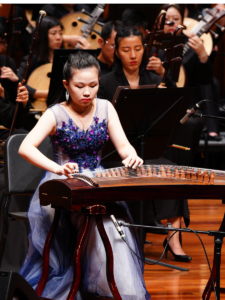
Huang Ting Xuan
Huang Ting Xuan started learning the Guzheng at the age of 8. Over the course of learning the Guzheng, she had studied under Guzheng masters such as Luo Xun, Wang Wenhao, and Xu Hui.
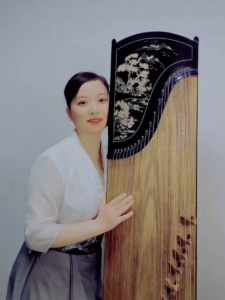
Peng Hui
Peng Hui showed a great interest in Guzheng and thus started learning it at a very young age of five. In 2005, she received distinction for grade 10 certified by China Arts Grade Examination Centre.
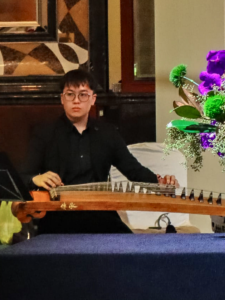
Lim Zhan Kuang
Lim Zhan Kuang is an active member of the Guzheng Association Singapore as well as other ensembles. He has been teaching Guzheng since 2017.

Ni Jiawei
Ni Jiawei was born in Shanghai, China. Jiawei displayed great interest in learning music since young. She graduated from Nanyang Academy of Fine Arts, majoring in Guzheng under the tutelage of renowned Guzheng performer and educator Mdm Yin Qun.
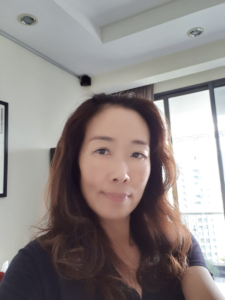
Chang Feng Yi
Mdm Chang Feng Yi currently holds a teacher’s diploma and boasts an extensive teaching experience, and she is deeply passionate about the Guzheng and teaching.
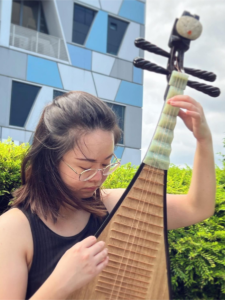
Ng Bi Yu
Ng Bi Yu's journey with the pipa began at the tender age of seven under the mentorship of Mdm Liu Yan at the Nanyang Academy of Fine Arts, The School of Young Talents.
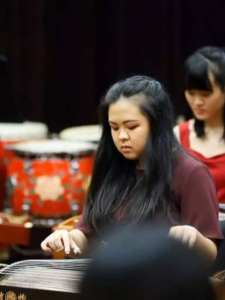
Charis
Charis started learning Guzheng when she was 6, under Mdm Yin Qun and attained a Diploma at the age of 14.
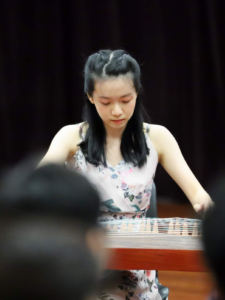
Ruoxin
Ruoxin started learning Guzheng at the age of 9 under the guidance of Mdm Lin Zhong and subsequently under Mdm Yin Qun and Ms Indra Chen.
OUR STUDENTS
Book a Trial
Not sure if the instrument is for you?
Have a trial lesson with us to find out more about our instruments and get to know your teacher.
Contact Us
Have some questions for us?
Contact us below and we will be glad to answer them!
Frequently Asked Questions
WHY EASON MUSIC
LEARN MORE ABOUT THE GUZHENG









